To see what is happening, you'll need to record the I+Q information of each signal.
This lets you examine the modulation (amplitude, phase, frequency, frequency sweeping, phase-ramps, pseudo-random-behaviors) of each signal.
For such as 256-QAM (a rather busy signal), you will need much more information than just the time of zero-crossings. To detect (or make observable) various circuit flaws,
such as intra-pulse ringing that the antenna itself did not filter out, you'll need lots of bandwidth. This is in conflict with the broadband thermal noise of a 3GHz unfiltered input.
Additionally, to handle 50dB dynamic range (-12dBxx to -62dBx) you'll need another 50/6 = 8 bits of ADC resolution.
Fundamentally, the broadband ADC noise floors (even if 50 ohm system) do not permit digitizing AT THE ANTENNA, and you will use PreAmplifiers. Since DC_3GHz amplifiers with low noise figure (the noise density, factoring in the Zsource) are expensive and prone to intermodulation between the weak RF and the strong RF, people tend to implement narrow-band monitoring systems for RF.
Friend of mine, who provided unknown services to the USNAVY but knew a lot about signals, reminded me the Vacuum Tubes operating with 30 volt grid-cathode potential were much more robust in the presence of close-in blockers and adjacent-channel energy. Thus the IP2 and the IP3 of tubes was/is crucial for robust communications in the presence of jamming. To achieve these numbers using transistors, you need large resistors in the emitters of the transistors with volts of degeneration voltage ----- as far as I know.
